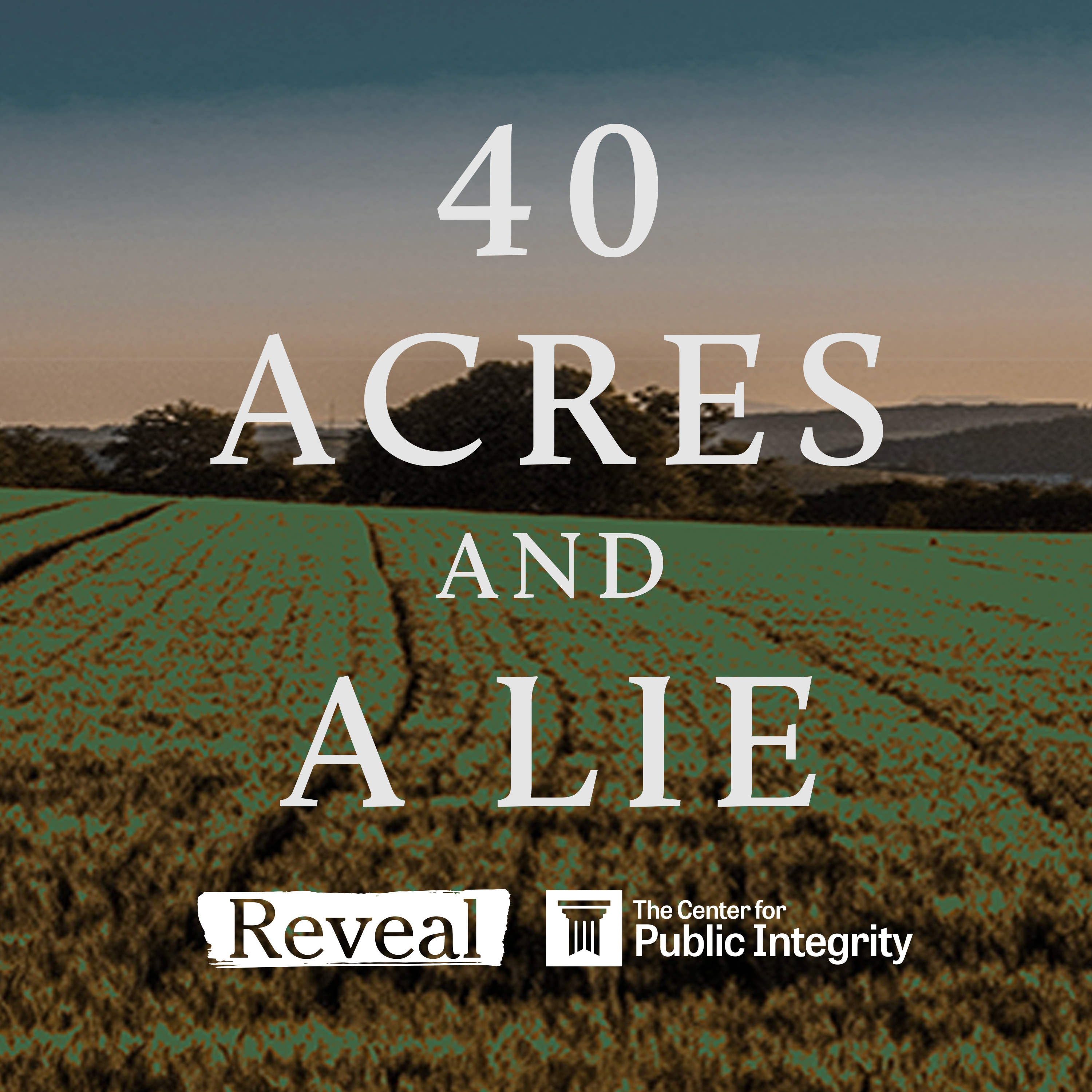40 Acres and a Lie Part 1

Our historical investigation found 1,250 formerly enslaved Black Americans who were given land \u2013 only to see it returned to their enslavers.
Patricia Bailey\u2019s four-bedroom home sits high among the trees in lush Edisto Island, South Carolina. It\u2019s a peaceful place where her body healed from multiple sclerosis. It\u2019s also the source of her generational wealth.
Bailey built this house on land that was passed down by her great-great-grandfather, Jim Hutchinson, who was enslaved on Edisto before he was freed and became a landowner.\xa0
\u201cI know this is sacred land here,\u201d Bailey says, \u201c\u2019cause it's my ancestors and I feel it.\u201d\xa0
Union General William T. Sherman\u2019s Special Field Orders, No. 15 \u2013 better known as 40 acres and a mule \u2013 implied a better life in the waning days of the Civil War. Hutchinson is among the formerly enslaved people who received land through the field orders, which are often thought of as a promise that was never kept. But 40 acres and a mule was more than that.\xa0
It was real.
Over a more than two-year investigation, our partners at the Center for Public Integrity have unearthed thousands of records once buried in the National Archives. In them, they found more than 1,200 formerly enslaved people who were given land by the federal government through the field orders \u2013 and then saw that land taken away.\xa0
None of the land Bailey lives on today is part of Hutchinson\u2019s 40 acres. Instead, her family\u2019s wealth is built on her ancestor\u2019s determination to get and keep land of his own, after losing what he thought he had gained through the field orders.
This week on Reveal, with our partners at the Center for Public Integrity, we bring you the first in a three-part series in which we tell the history of an often-misunderstood government program. We explore a reparation that wasn\u2019t \u2013 and the wealth gap that remains.
- \n
- Support Reveal\u2019s journalism at Revealnews.org/donatenow\n \n
- Subscribe to our weekly newsletter to get the scoop on new episodes at Revealnews.org/newsletter\n \n
- \nConnect with us on Twitter, Facebook and Instagram\n \n